Industry information
Company News
- Aluminum veneer customization: an artistic journey to create personalized spaces
- Curtain wall aluminum veneer: the new darling of architectural art, revealing its charm!
- Hyperbolic aluminum veneer, perfect fusion of fashion and aesthetics
- When it comes to architectural decoration, have you ever thought about aluminum that looks a bit "curved to save the country"
- Curtain Wall Aluminum Veneer: The Gorgeous Coat of Modern Architecture
Industry dynamics
- Aluminum veneer customization: an artistic journey to create personalized spaces
- Aluminum veneer installation details and precautions
- Hyperbolic aluminum veneer: a perfect fusion of fashion and technology
- 1.5mm aluminum veneer door head decoration material selection guide
- Energy saving and environmental protection characteristics of aluminum veneer
Frequently asked questions
- How to apply aluminum veneer in construction and interior decoration?
- How is aluminum veneer produced and manufactured?
- What are the applications of aluminum veneer in the construction industry and how can they be improved?
- What are the advantages and disadvantages of aluminum veneer compared to other metal materials?
- What are the applications of aluminum veneer in the interior decoration industry and how can they be improved?
contact us
Mobile:+86 15627778610
Email: 2201229786
Address: No. 5 Binjiang Road, High tech Zone, Zhaoqing City, Guangdong Province
Environmental characteristics of 2.5mm aluminum veneer
- Author: Lesilong Technology (Guangdong) Co., Ltd
- Release time: 2022-03-12 02:41:55
- Click:0
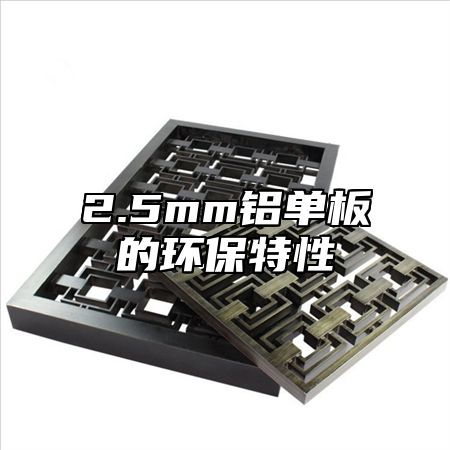
Aluminum veneerIt is a lightweight, weather resistant, fire-resistant, and corrosion-resistant building material that has a wide range of applications in architectural decoration. 2.5mm thick aluminum veneer is a common specification with high strength and stability, suitable for various building applications. This article will provide a detailed introduction from multiple aspects to address the environmental characteristics of 2.5mm aluminum veneer.
The environmental characteristics of 2.5mm thick aluminum veneer are mainly reflected in the properties of its material itself. Aluminum veneer is processed from aluminum materials. Compared to traditional building materials such as cement and bricks, aluminum veneer has lower density and higher recyclability, thereby reducing the consumption of natural resources and environmental pollution. Aluminum veneer also has good thermal insulation and sound insulation properties, which can effectively reduce the energy consumption and noise pollution of buildings.
The environmental characteristics of 2.5mm thick aluminum veneer are also related to its surface treatment method. For example, surface treatment methods such as spraying or anodizing can reduce coating peeling and waste on the surface of aluminum veneer, thereby reducing the generation of waste; These surface treatment methods can also improve the corrosion resistance and service life of aluminum veneer, thereby reducing the resources and energy required for replacement and maintenance.
Thirdly, the environmental characteristics of 2.5mm thick aluminum veneer can also be achieved through the use of environmentally friendly coatings and adhesives as auxiliary materials. For example, using coatings and adhesives with low VOC (volatile organic compound) content can reduce indoor air pollution and the generation of irritating odors; These materials also have good durability and anti-aging performance, which can extend the service life of aluminum veneer and reduce the generation of waste.
It should be noted that the environmental characteristics of 2.5mm thick aluminum veneer need to be tested and evaluated by professionals. Only through professional testing and evaluation can we determine whether the environmental characteristics of aluminum veneer meet relevant requirements and standards, thereby ensuring its reliability and safety in practical use.
The environmental characteristics of 2.5mm thick aluminum veneer require comprehensive consideration of multiple factors. By selecting appropriate materials, surface treatment methods, environmentally friendly coatings, and adhesives, the environmental characteristics of aluminum veneer can be ensured to reach their optimal state. When designing building decoration materials, it is necessary to choose suitable materials and design schemes according to specific situations to ensure the quality and stability of the overall decoration effect, while also considering environmental protection factors.

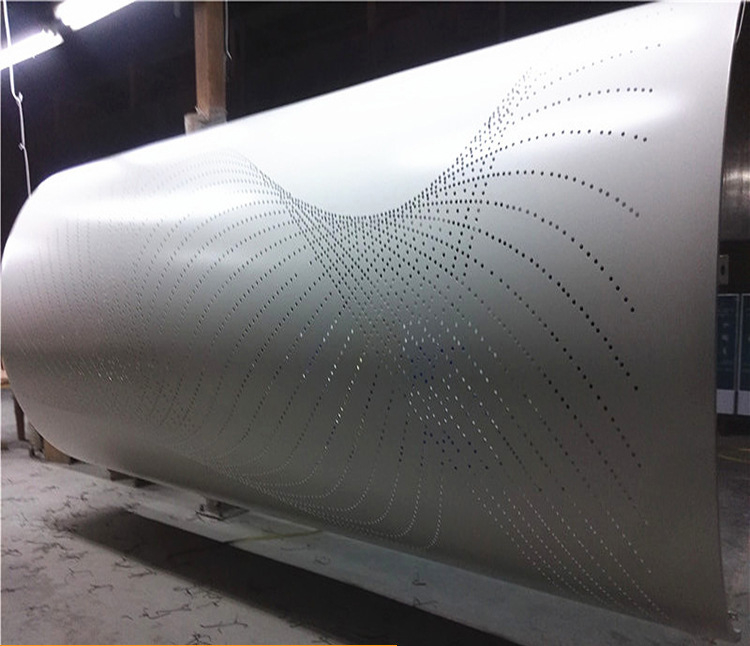

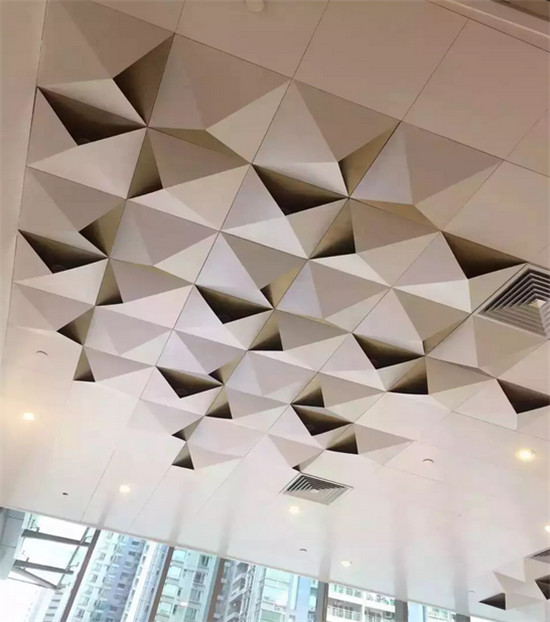
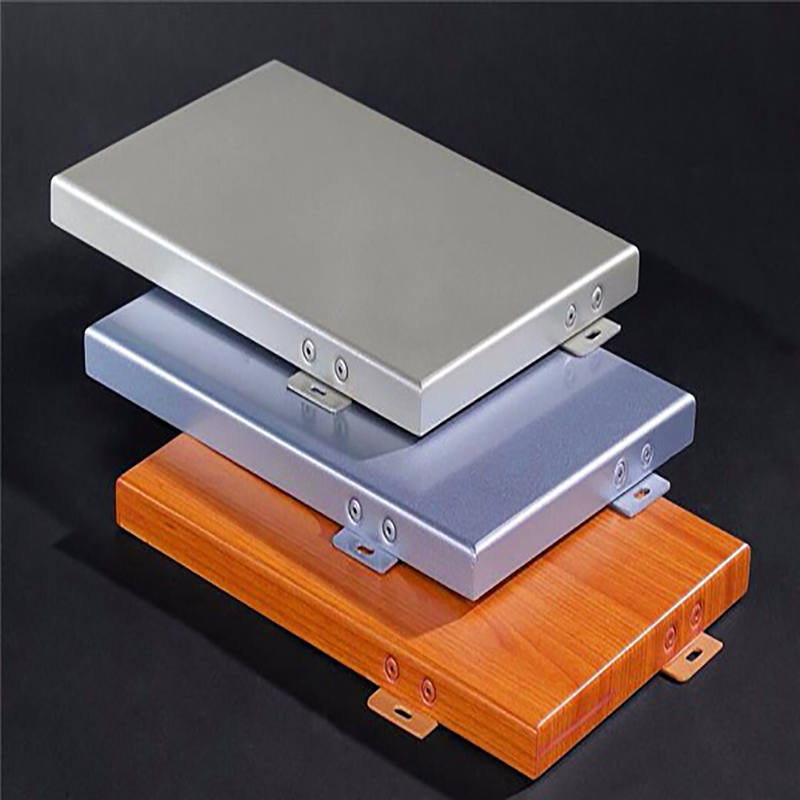
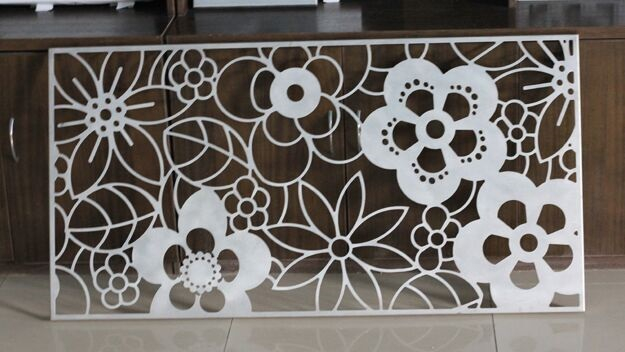
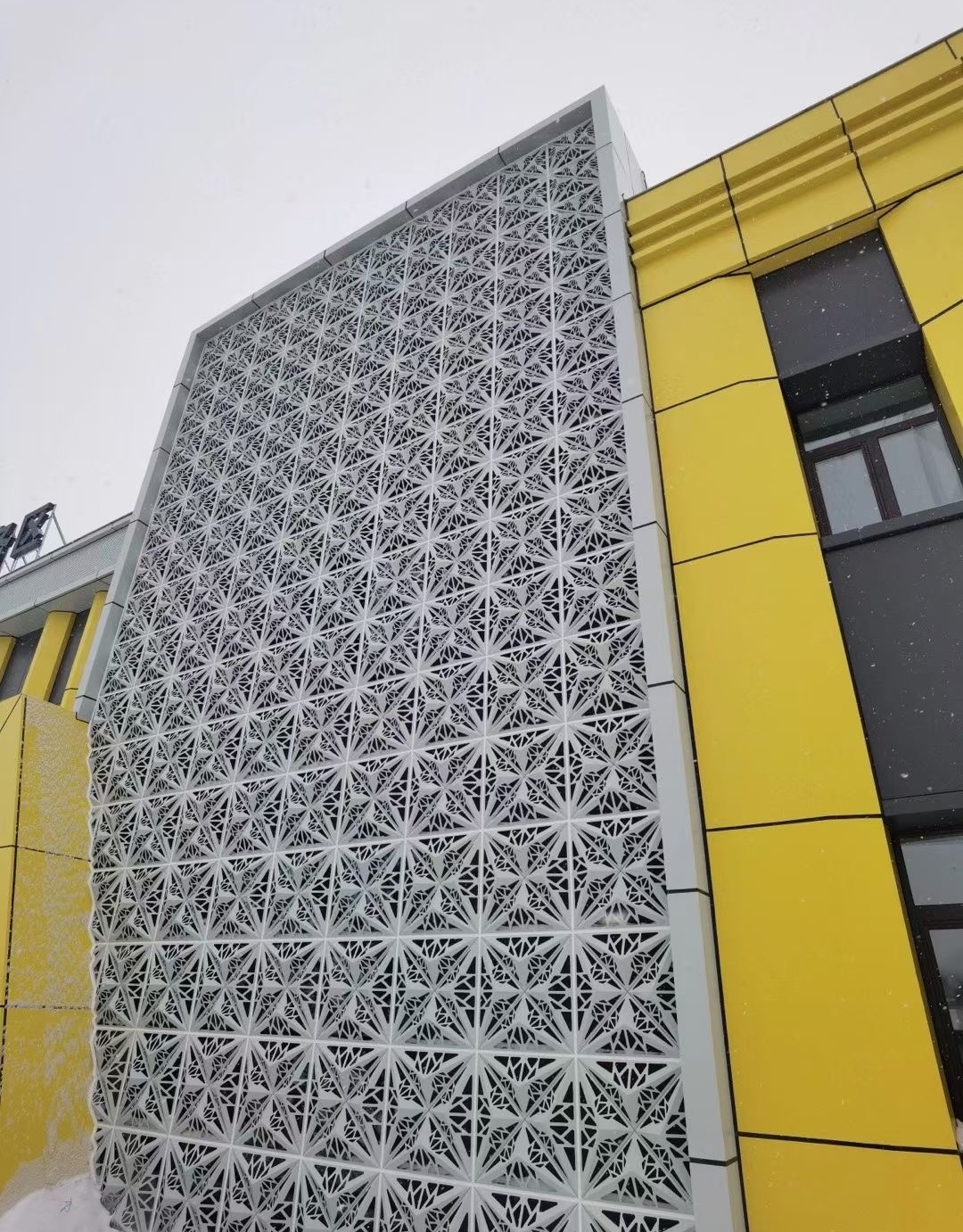
 Customer service QQ
Customer service QQ